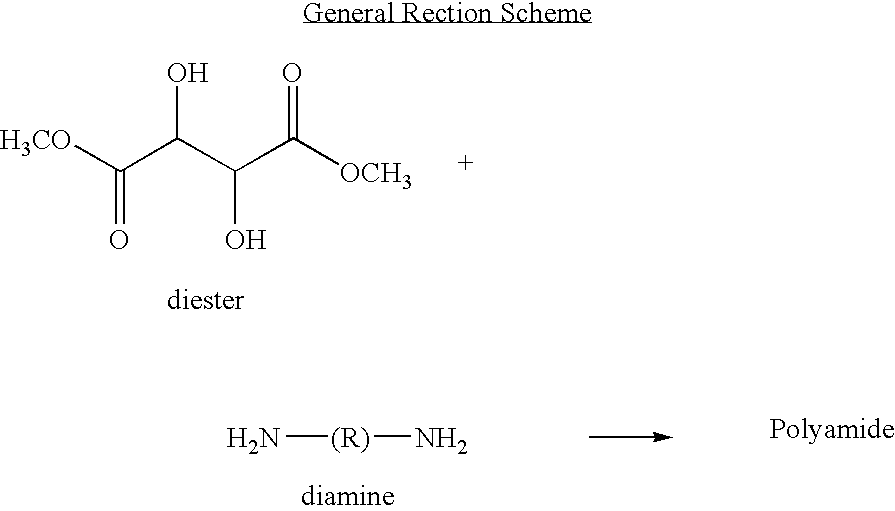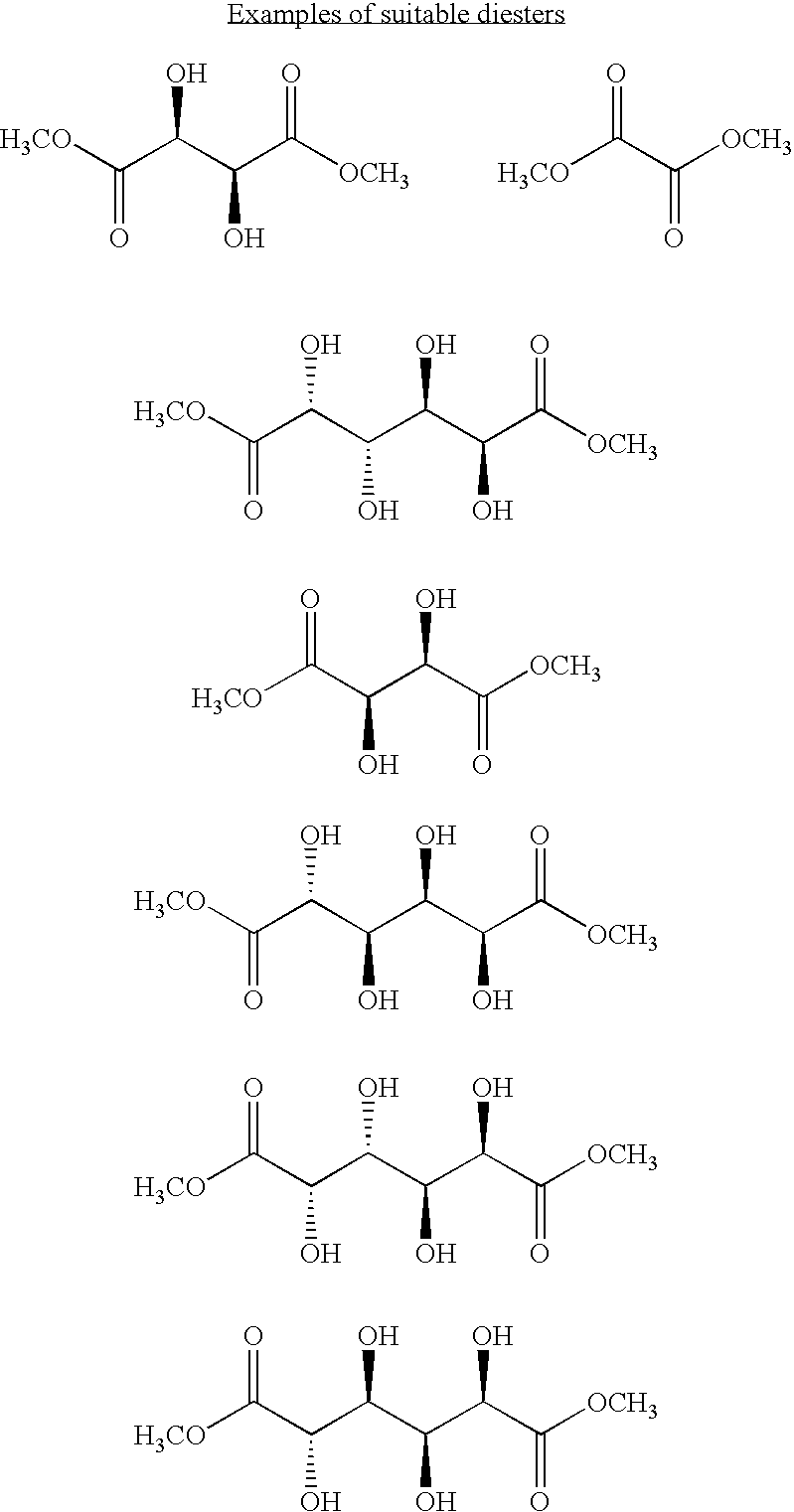Oligonucleotide decoys and methods of use
- Summary
- Abstract
- Description
- Claims
- Application Information
AI Technical Summary
Benefits of technology
Problems solved by technology
Method used
Image
Examples
Embodiment Construction
[0050]Polymeric materials are described for the delivery of therapeutic DNA. The use of synthetic delivery agents has many advantages over viral delivery vectors for several reasons such as they may not induce immune and inflammatory responses and thus can be used repeatedly in clinical administration. In addition, synthetic vectors have a lower cost, are easier to manufacture on a larger scale, and they have the ability to carry an unlimited amount of genetic information.
[0051]Polycations self assemble with DNA through electrostatic interactions and compact DNA into small complexes that have been termed polyplexes. The formation of polyplexes usually occurs at a N / P ratio [the ratio of polymer nitrogens (N) / phosphate groups (P) on DNA] greater than one. Polyplexes can be taken up by cells through the endocytotic pathway. Without wishing to be limited by theory in any way, it is believed that after uptake, some of the polyplexes are able to escape the endosomes and are transported i...
PUM
| Property | Measurement | Unit |
|---|---|---|
| Digital information | aaaaa | aaaaa |
| Cell death | aaaaa | aaaaa |
| Gene expression profile | aaaaa | aaaaa |
Abstract
Description
Claims
Application Information
 Login to View More
Login to View More - R&D
- Intellectual Property
- Life Sciences
- Materials
- Tech Scout
- Unparalleled Data Quality
- Higher Quality Content
- 60% Fewer Hallucinations
Browse by: Latest US Patents, China's latest patents, Technical Efficacy Thesaurus, Application Domain, Technology Topic, Popular Technical Reports.
© 2025 PatSnap. All rights reserved.Legal|Privacy policy|Modern Slavery Act Transparency Statement|Sitemap|About US| Contact US: help@patsnap.com



